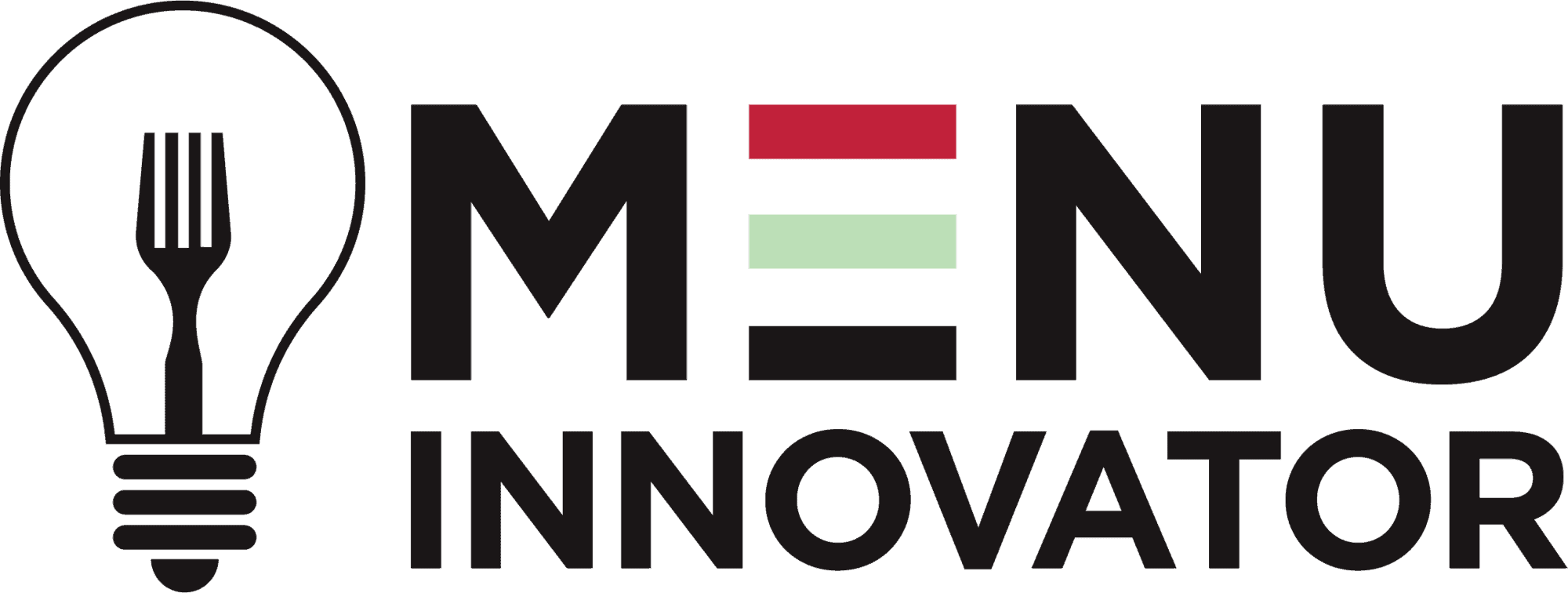COVID and New Technology
As mentioned in a previous blog post, with the onset of COVID, restaurants are struggling to stay afloat. During the pandemic, technological advancements have helped many restaurants stay above water, while others were less willing to adapt or unable to for uncontrolled circumstances are sinking. Technology has allowed many restaurants not only to stay open but to expand their brand.
Contactless Technology
Many restaurants are testing or have deployed quick-service technology geared toward pick-up and carry out, which allows the restaurants to navigate the orders with ease and without dysfunction. According to The Rail, this involves finding technology or systems to support four important elements; all focused on making your patrons feel comfortable. These include contactless payments, e-mail or text notification, contactless delivery, and PPE. No touching of money or credit cards, notification that the correct order has already been received and is now ready (particularly important for a pickup but also important for delivery as customers like to know when someone is on the way), ways of leaving the food at the door without it getting cold (if it’s hot), and giving the customers the peace of mind that the food has been safely prepared beyond the usual health and safety guidelines due to COVID.
In an article by QSR®, a recent Datassential study was cited. This study showed that 61 percent of customers said they would support having their temperature taken before dining indoors. 41 percent said they’d even show proof of wellness. 85 percent of customers favor social distancing; 73 percent think people must wait outside if they don’t have a table. Must wait outside if waiting for a table and no physical menus came in at 65 percent.
Thinking it All Through
In a September 2020 article, NCR wrote, “Creating a contactless or low-contact restaurant environment means thinking through all of the things your customers and staff touch and interact with, from physical menus and silverware to door handles and the payment device.” The use of technology can resolve some of the Datassential study issues – handheld thermometers, messaging if customers are waiting outdoors to let them know their table is ready. In contrast, others require cooperation between the restaurateur and patrons.
But what about the cost? A reduction in labor costs can offset the cost of contactless technology. For some, that balance may be difficult because nobody wants to think of laying employees off. However, restaurants may use staff augmentation much like they do in the IT industry. If you are not familiar with staff augmentation, teams work on a particular project and then are often shifted to other projects as needs arise. During COVID, if you are primarily focused on pickup and delivery, the “host staff” might be involved in facilitating the pick-up orders rather than seating people. Once the restaurant opens back up, the duties may shift to a more traditional host or hostess role. If people have to wait outside, technology such as electronic fire pits, outdoor coffee carts to keep your patrons warm in chilly climates may be options.
Contactless Payment Systems and Methods
But what about the technology itself? How does that work? Contactless payment methods come in three forms: contactless payment terminals, QR codes for ordering and payments, and online ordering. Some vendors may offer free readers when you sign up for their services. It’s up to you to do your homework and decide which methods will work best for you. The pros and cons of each method would warrant another blog post.
Summing it Up
When we begin to see the light at the end of the tunnel with COVID, some say we may just be rounding that curve. Even though there are more cases, some say the disease may be mutating to something more contagious but less deadly. Kind of like a cold, and vaccines are on the horizon. Still, others predict differently, and we are not medical scientists here, so that we will defer those discussions to the experts. Still, it’s worth thinking about as if this becomes a more seasonal ailment down the road, there may be times when restaurants feel the need to put these measures back in place, so having the technology in place can help you prepare for whatever comes up down the road.
As always –
Eat well.
Mary Kay
Want more detailed information? Our media bites stem from our menu innovator system of culinary intelligence for new product development. Visit menuinnovator.com or email us at info@menuinnovator.com.

Mary Kay LaBrie
Mary Kay LaBrie is an avid foodie, accomplished home cook, and freelance writer and blogger. Her recipes have been published in several home cooking magazines. Mary Kay has a master’s in Management and Leadership from National-Louis University. By day, she loves to help people become the best they can be with her career in professional development. The rest of the time, she enjoys cooking, writing about new cuisine, and writing romantic comedy. Originally from Pittsburgh, Mary Kay lives in Clermont, FL with her husband, Dan, and golden retriever, Max.
